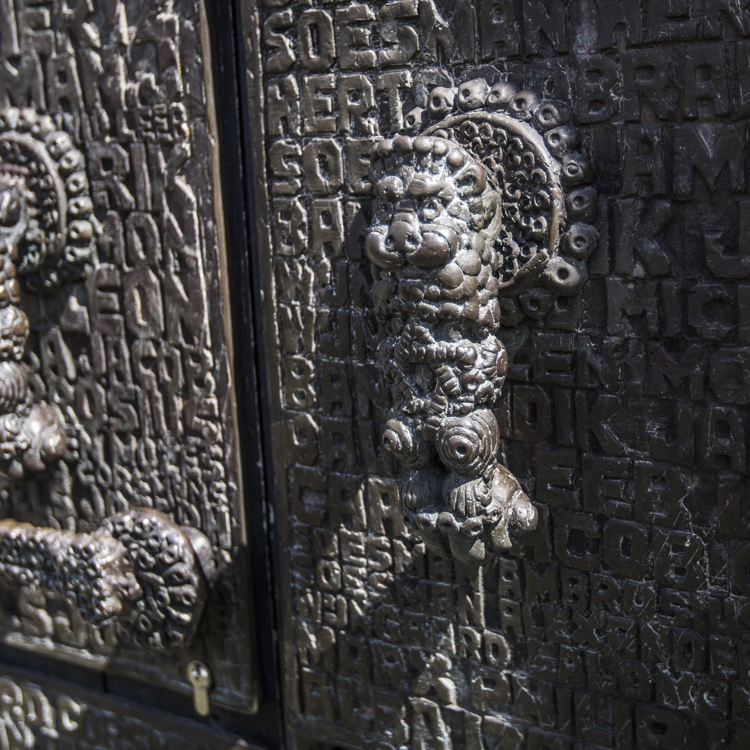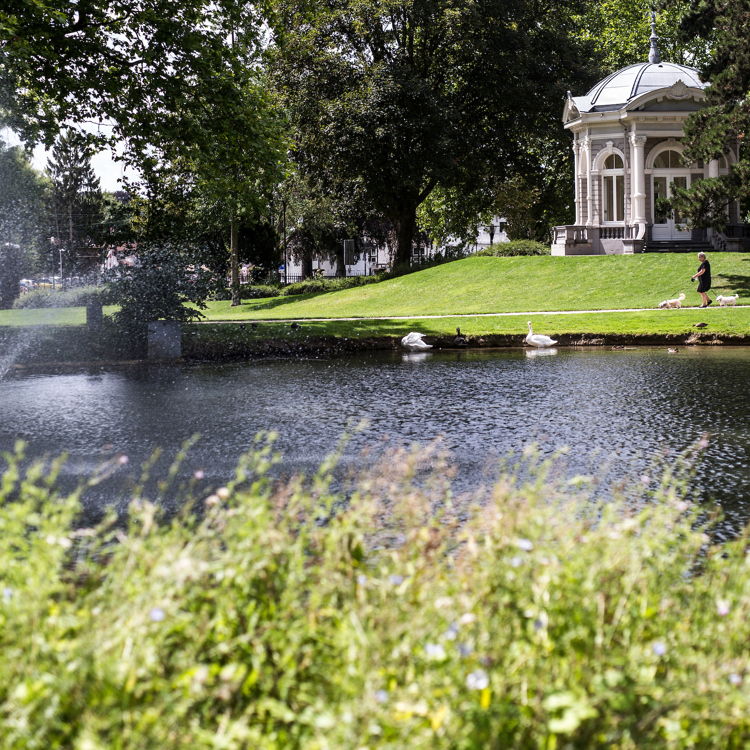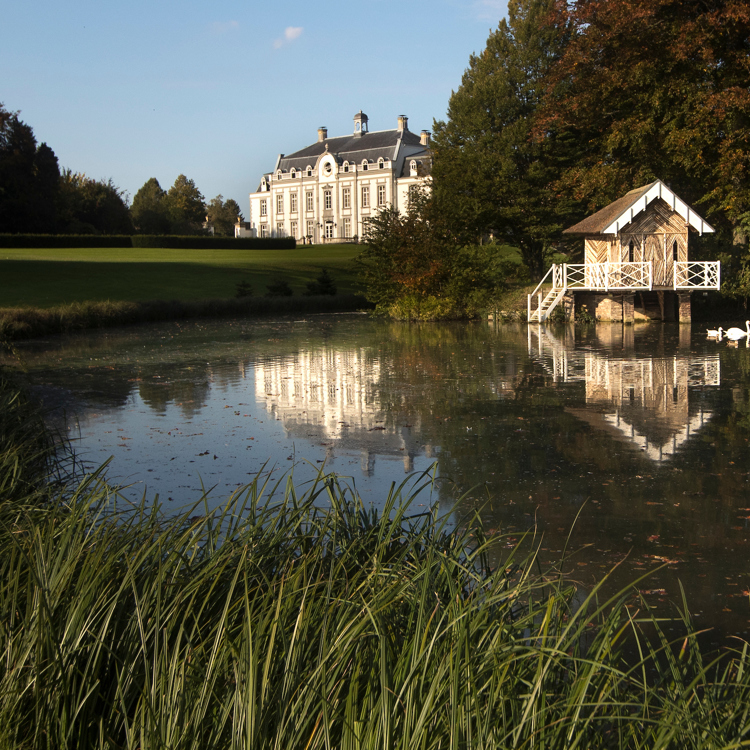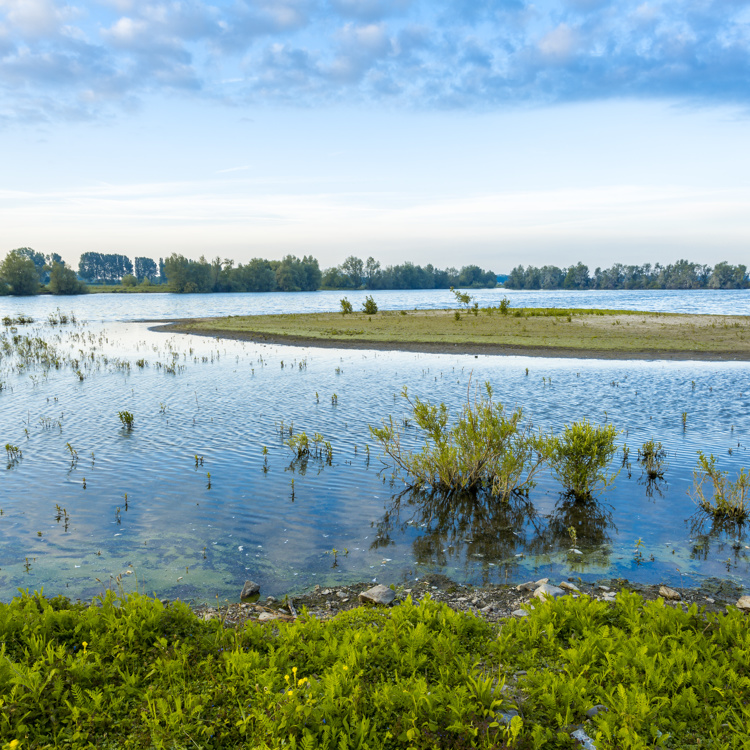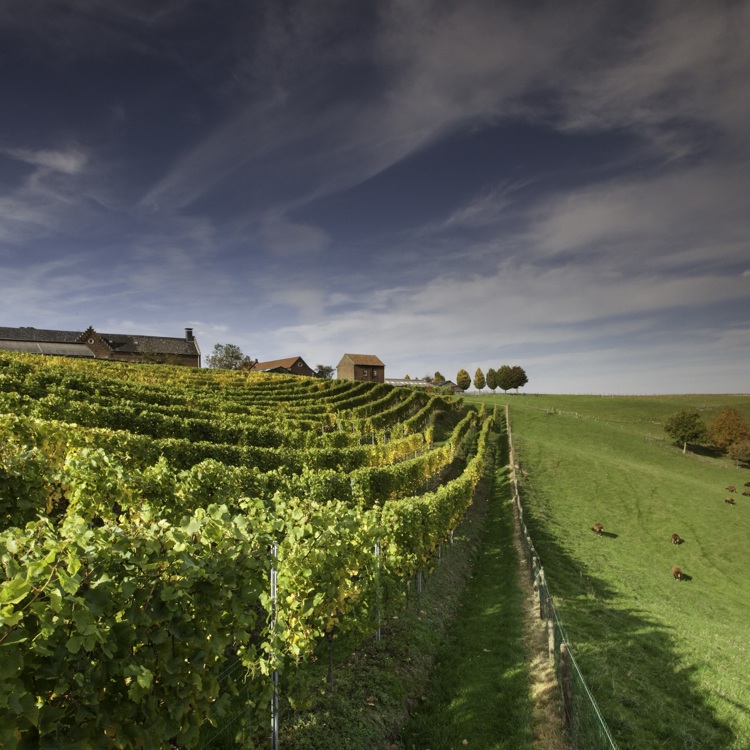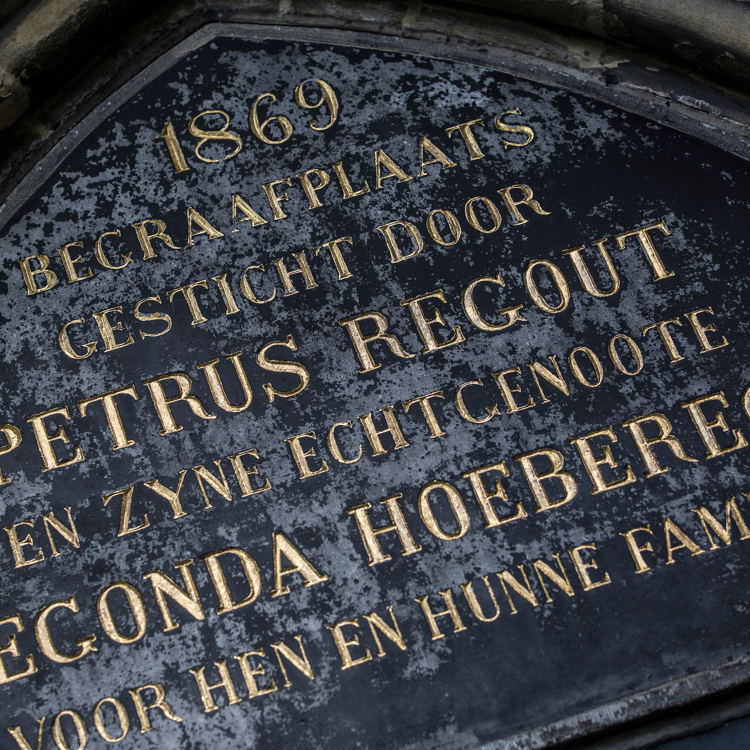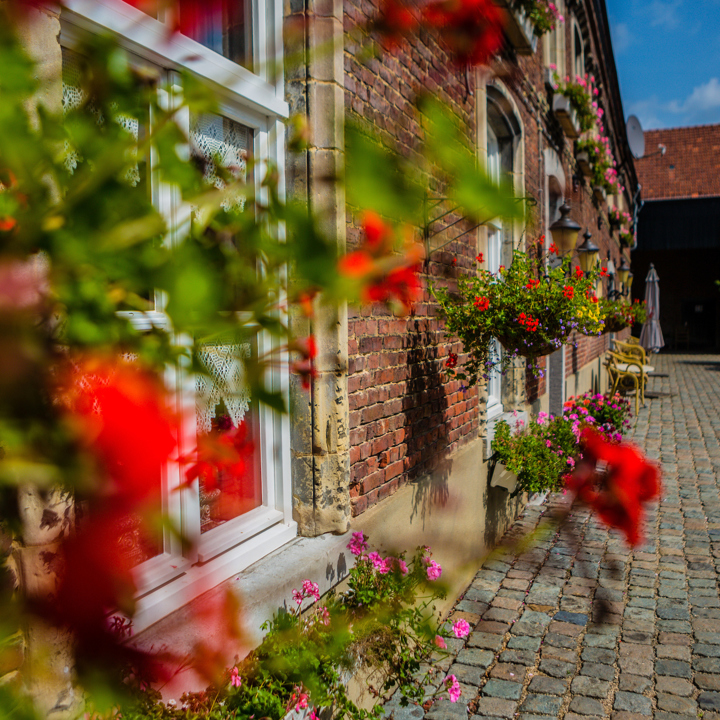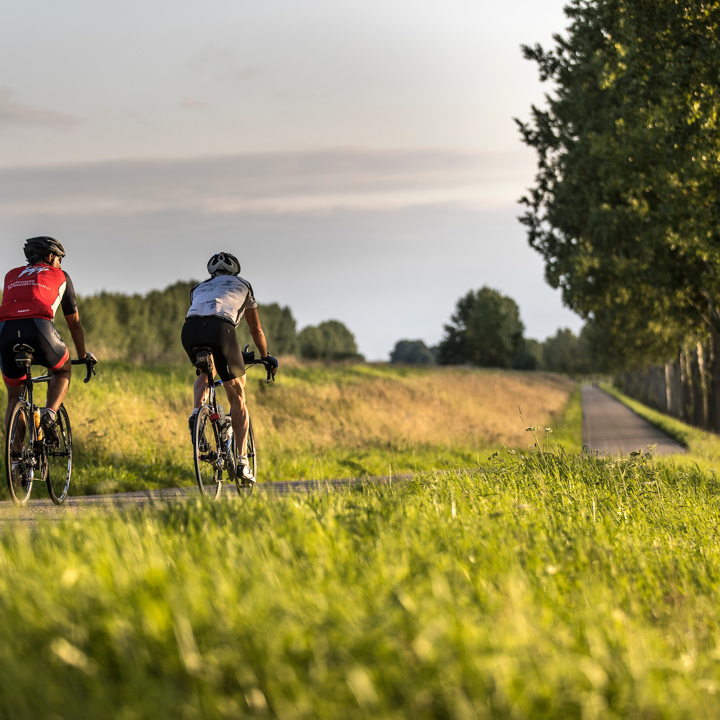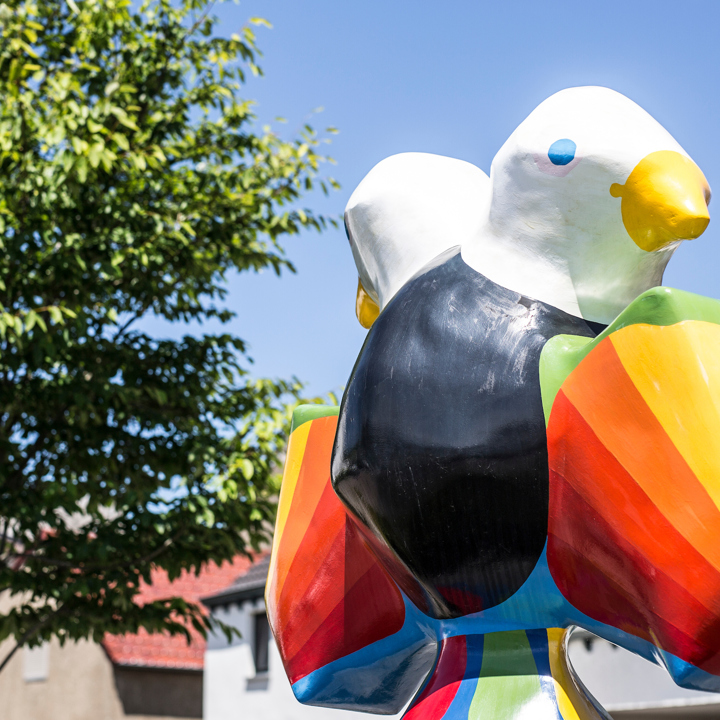If you're planning to visit Meerssen, we have some must-see hotspots you won't want to miss. Some are obvious gems, while others are more like diamonds in the rough. Head out, see the sights, and let the diversity of Meerssen surprise you. Discover tranquil green oases and cultural heritage attractions. And don't forget to snap a selfie at these hotspots and share your discoveries with the world. #visitzuidlimburg


